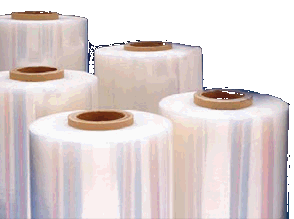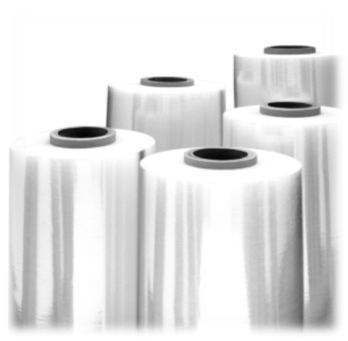Choosing the Right Stretch Film
Last updated on
How to Choose the Right Stretch Wrap Film
1. Determine the type of load
Type A Loads
Uniform in shape. The load size closely matches the pallet size. These are obviously the easiest loads to wrap. Few stretch film puncture points exist. This type of load is often seen at manufacturing locations where the same product is prepared for shipment load-after-Loads.
Type B Loads
Less uniform than type “A” loads. The stacking pattern may be irregular and /or the load size may not match the pallet size. Several film puncture points exist. More stretch film selection judgement is required, especially at high levels of film stretch and /or high film application tension. Type “B” loads appear at smaller manufacturing locations and distribute warehouse locations. Each pallet contains two or three products destined for a single destination.
Type C Loads
The nastiest of all to stretch wrap. No two loads are the same. Their size and shape range all over the place. Sharp points seem to be everywhere and /or there is a major difference between the load and the pallet size. Film selection is critical. Type “C” loads are assembled at the distribution centers who supply retail store locations (grocery, drug, pet supply, automotive). Each load may contain dozens of different products.
2. Determine the type of equipment
Spiral wrap film should generally be used when the loads vary in configuration. Fully automatic high speed stretch wrappers equipped with pre-stretch usually require a premium grade of stretch film. Economy stretch films can be used for low stretch on conventional equipment. A mid-range stretch film is needed for pre-stretch equipment operating at moderate levels.
3. Determine the type of product being Unitized
The weight of the pallet load and type of product being wrapped must be considered in the selecting film type, gauge and number of wraps.
4. Determine special requirements
You may have a need for a special requirement such as a one side cling, UVI or colored film. A one side cling is commonly used for bundling or on a pallet loads that may shift in transit. Products that are stored outside for long periods of time normally require a UVI (Ultra-Violet Inhibitor) film. Heavy tinted colored films are often used to mask the product being wrapped.
5. Determine shipping distance
The distance and method of shipment are important considerations. Films being transferred across the country in a flat bed truck or by rail would require a different film than a product shipped a short distance by truck or inter-plant.





The pulse of the packaging community